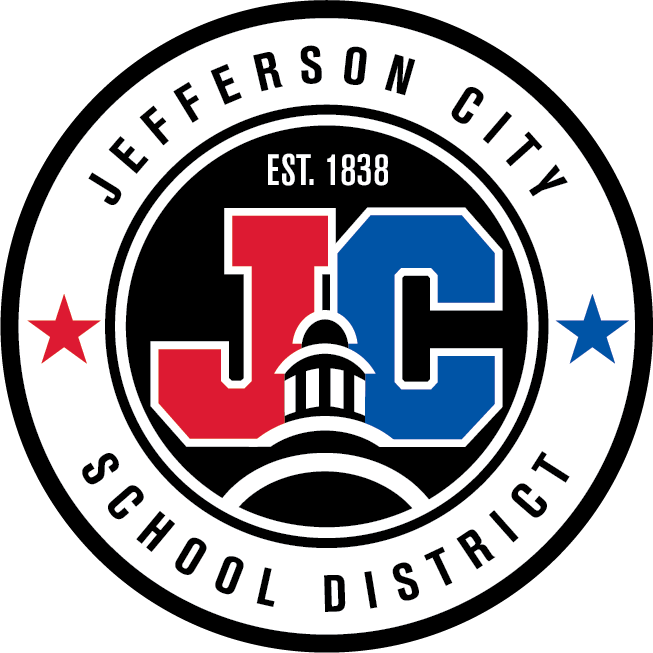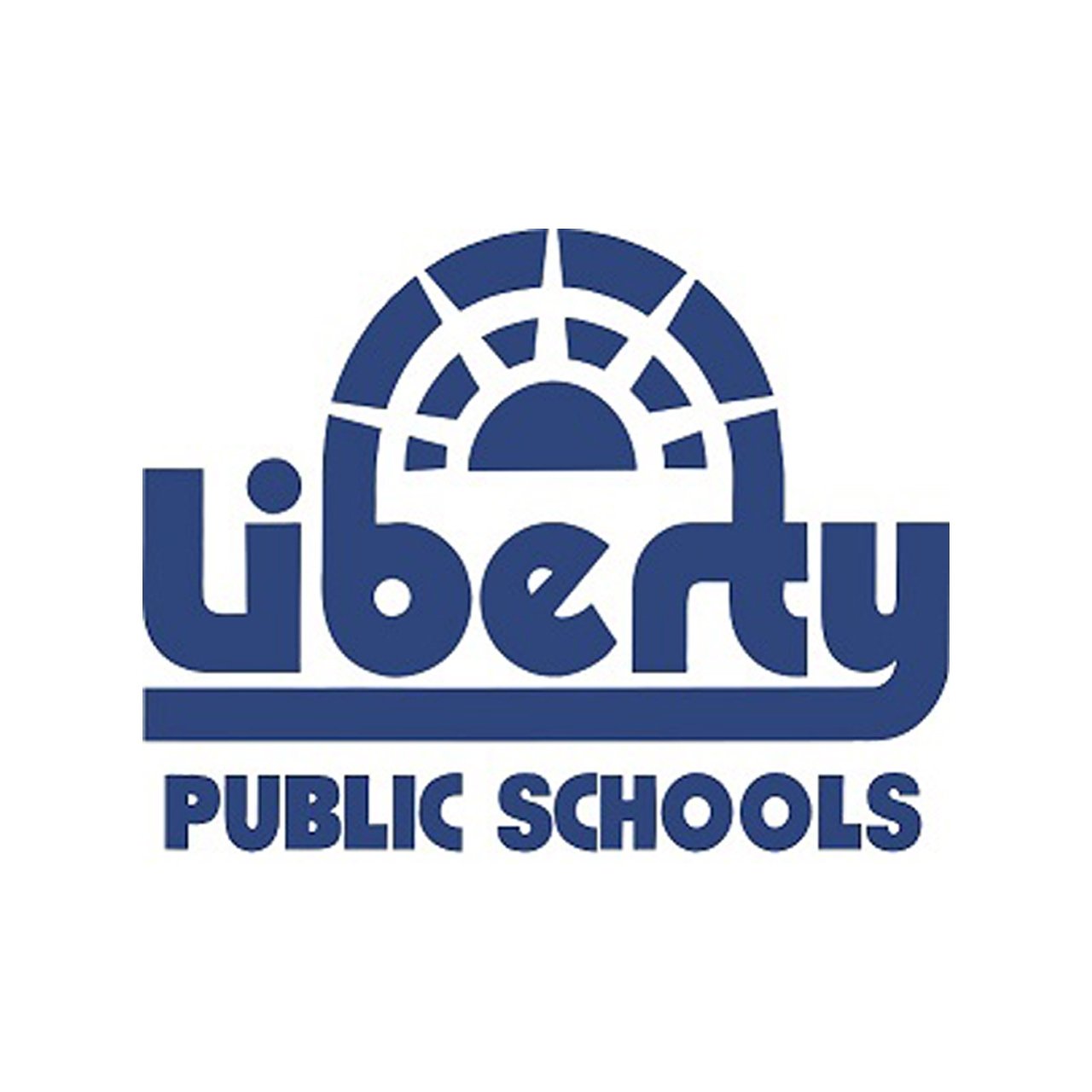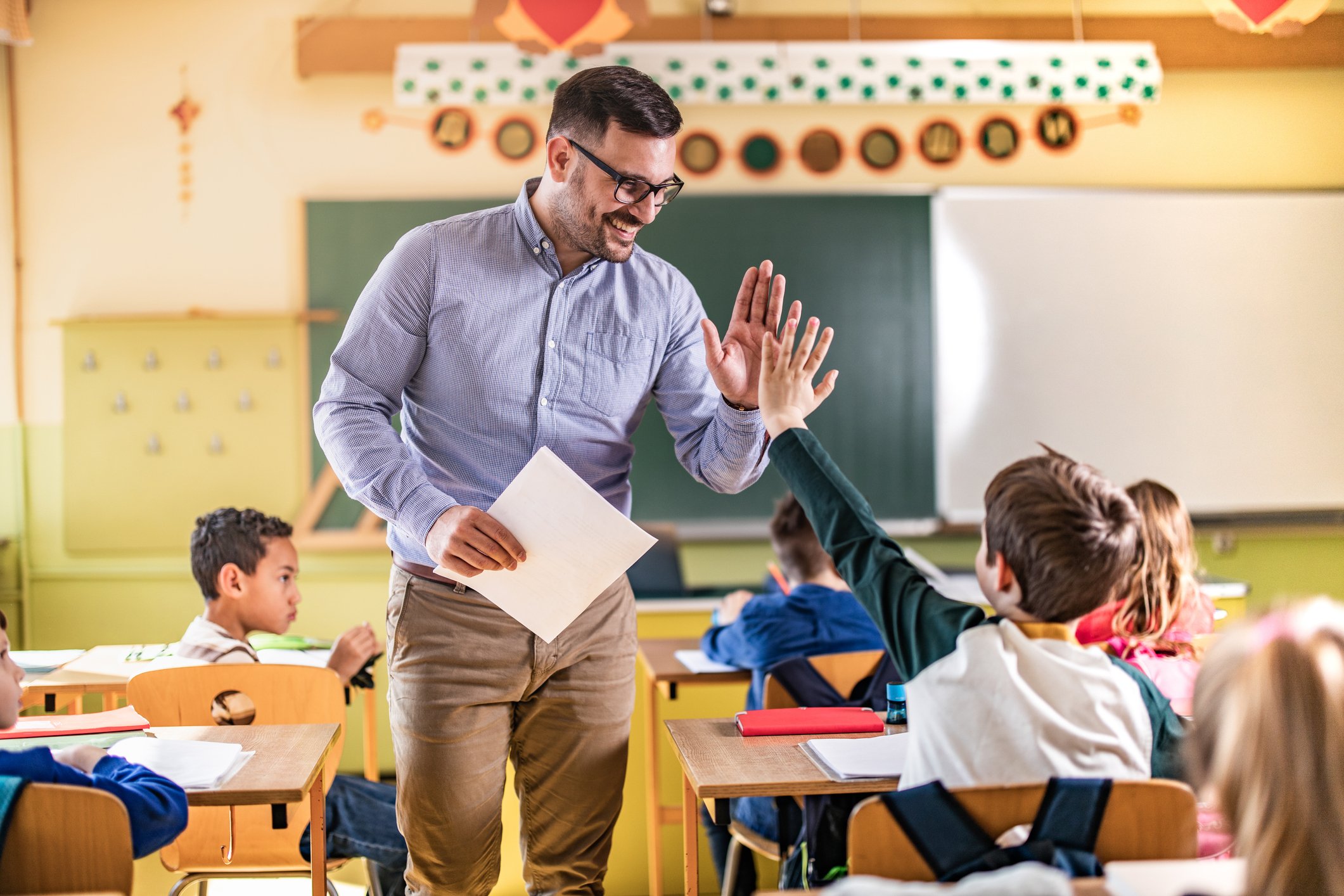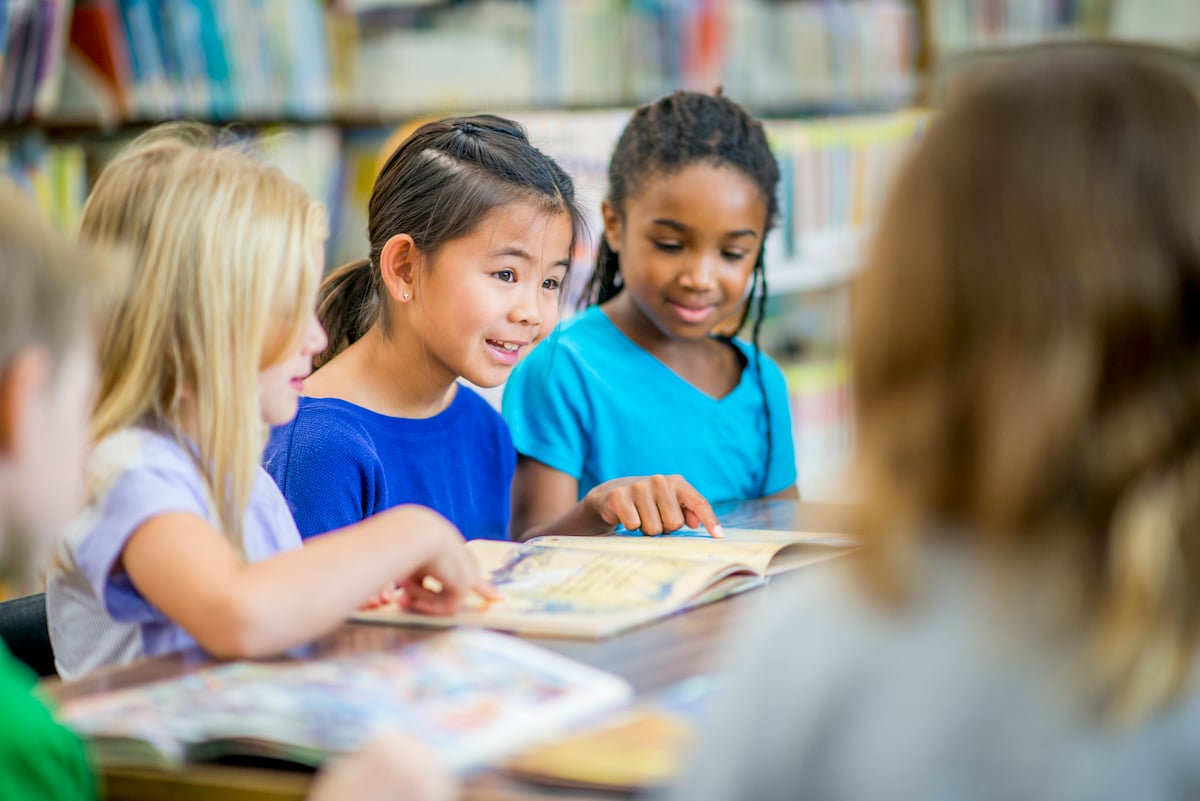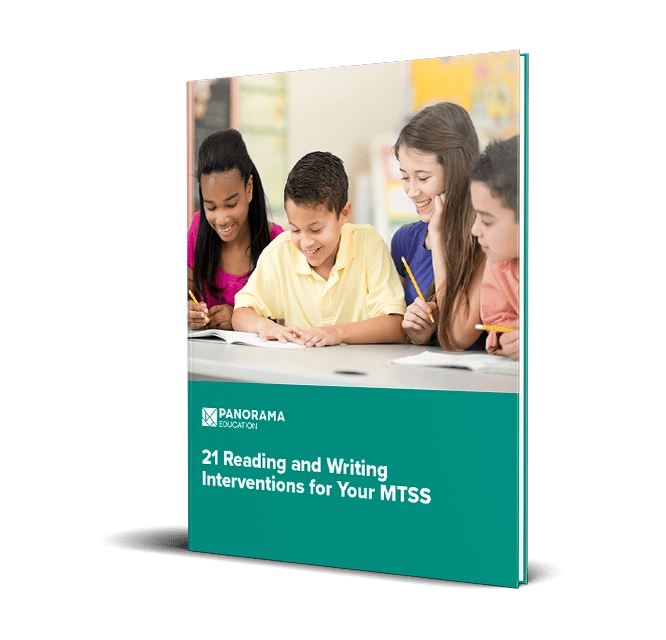Discover how Jefferson City School District—a district of 8,683 students and 18 schools in Jefferson City, Missouri—uses Student Success to meet the requirements of Missouri Senate Bill 681.
In the 2023-2024 school year, Missouri Senate Bill 681 requires all Local Education Agencies (LEAs) to implement Reading Success Plans (RSPs) for students identified with substantial reading deficiencies (SRD) or those at risk of dyslexia.
An RSP, as per the Department of Elementary and Secondary Education (DESE) guidance in Section 167.645, RSMo, is a well-developed and descriptive plan to support any student who exhibits an SRD. In addition, LEAs must:
- Provide families with their student’s RSP
- Report to DESE twice a year
- Offer professional development to help teachers meet reading challenges
Challenges
- After the passing of Missouri Senate Bill 681, Jefferson City School District needed a way to meet the bill’s Reading Success Plan requirements.
- While the district already had existing structures and expectations for student literacy support, they needed a way to streamline and consolidate data collection in alignment with MO SB 681’s standards.
- School and district leaders needed software to develop RSP growth targets, monitor progress, keep families updated, and report on supports and assessments.
Solution
Results
- JC Schools meets the requirements of Missouri Senate Bill 681, from gathering baseline data to reporting progress.
- The district currently has 1,158 active RSPs; 73% of these are up-to-date and 55% have already met their goals.
- Reading interventionists have access to comprehensive, actionable data on RSPs; school and district administrators can monitor student progress as they move between buildings.
Challenges
By the time Missouri Senate Bill 681 was passed in June 2022, Jefferson City School District had already built a firm foundation in the Science of Reading. For three years, the district had been working alongside teachers, interventionists, and other stakeholders to develop consistent practices that supported students’ literacy journeys.
However, MO SB 681 laid out specific requirements for:
- Identifying students in need of Reading Success Plans (RSPs)
- Providing families with their student’s RSP
- Reporting to DESE twice a year
- Offering professional development to help teachers meet reading challenges
Given these new requirements, district leaders knew they had to make significant shifts in how they gathered, tracked, and took action on student data.
“We needed to strengthen our Tier 1 literacy instruction to ensure fewer students needed interventions,” says Stacey Brandt, Elementary Literacy Coordinator at JC Schools. “At the same time, we had to push toward more targeted, data-driven reading interventions for students who needed RSPs.”
However, strengthening both Tier 1 instructions and tiered interventions would require substantial resources. JC Schools has 11 elementary buildings, each with 300-400 students—and some buildings only have one literacy interventionist to support a large population of students. These interventionists needed a way to quickly identify students in need of RSPs, communicate with teachers and team members, and track student progress.
And from a systems view, district administrators at JC Schools identified the need to align data collection and sharing, ensuring alignment with MO SB 681’s reporting requirement.
“Most buildings were tracking student literacy progress in different ways,” says Troy Hogg, Assistant Superintendent, Elementary Education at JC Schools. “So data existed in many places, and there was no way to easily transfer it between buildings. With this new legislation, students could be on RSPs throughout multiple grades—so we had to have a way to track and share student progress as they move from building to building.”
In order to fulfill MO SB 681’s requirements, school and district leaders at JC Schools needed software to develop RSP growth targets, monitor progress, keep families updated, and report on supports and assessments. So they turned to Panorama Student Success.
Solution
Student Success has helped JC Schools fulfill the Reading Success Plan requirements of MO SB 681. With the platform, school and district administrators can:
- Gather baseline data in one place
- Identify students needing an RSP
- Develop RSP growth targets
- Monitor the progress of RSPs
- Report on supports and assessment data
- Communicate RSPs with families
“Panorama Student Success has helped our district because everything is in one place,” says Brandt. “We can look at behavior interventions, academic interventions, and attendance interventions in one place to determine next best steps for each student.”
With this comprehensive student data in a single location, school teams can easily gather information to understand how students are performing. Additionally, interventionists have access to i-Ready data within the Student Success platform. This integration means they can easily identify students who need an RSP in specific areas, such as phonemic awareness or comprehension.
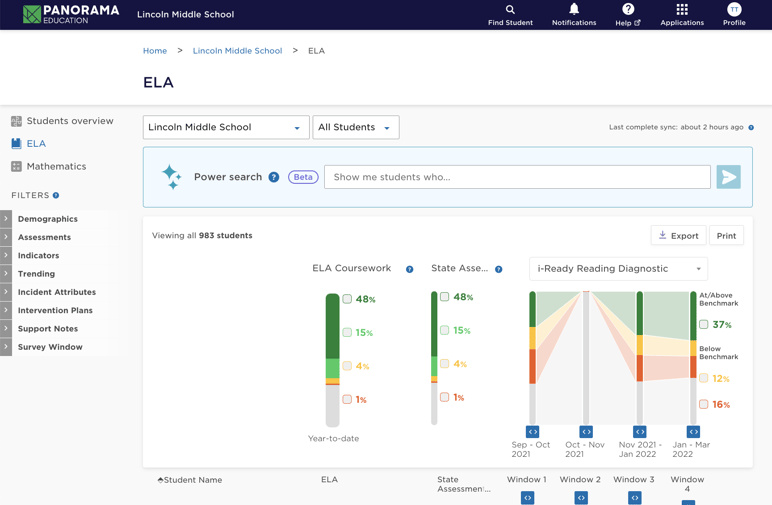
Compatible with i-Ready, Istation, NWEA MAP Fluency, and STAR benchmark assessments, Panorama Student Success brings all your data together in one place.
The platform has also been a game-changer for JC Schools' data-based decision making processes.
“With Student Success, we look at data through a different lens,” says Lisa Propst, Reading Interventionist at JC Schools. “We’ve always been data driven, but our approach was very broad; now, it is more streamlined and efficient. RSPs help look more closely at student progress; we have a better understanding of challenging areas and how to address those.”
These organized insights ensure JC Schools interventionists can quickly align and allocate resources to boost student outcomes. And district administrators note that Student Success has helped JC Schools meet SB 681 requirements—from reporting specific interventions, supports, and reading assessment data, to building partnerships with families.
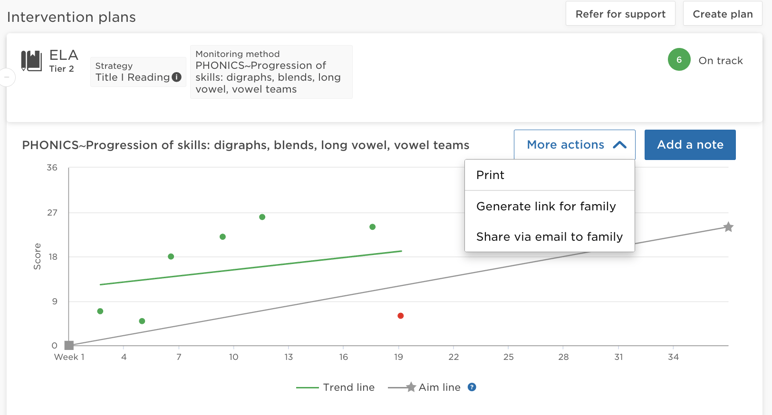
Within Student Success, you can print or share secure RSP Family Access links by email to help parents understand their student’s support and progress.
With the intervention management dashboard, JC Schools can quickly export data from each school and analyze outcomes across student groups in the district. Administrators can quickly export this data from each school, fulfilling DESE reporting requirements.
“Panorama is a huge time saver for us: in how we gather data, identify students, progress monitor, and communicate with students and families,” says Hogg. “And having comprehensive student info within Student Success helps make sure nobody drops through the cracks.”
Results
With the help of Student Success, JC Schools is currently meeting the requirements of Missouri Senate Bill 681—from gathering baseline data to reporting progress. The district currently has 1,158 active RSPs; 73% of these are up-to-date, and 55% have already met their goals.
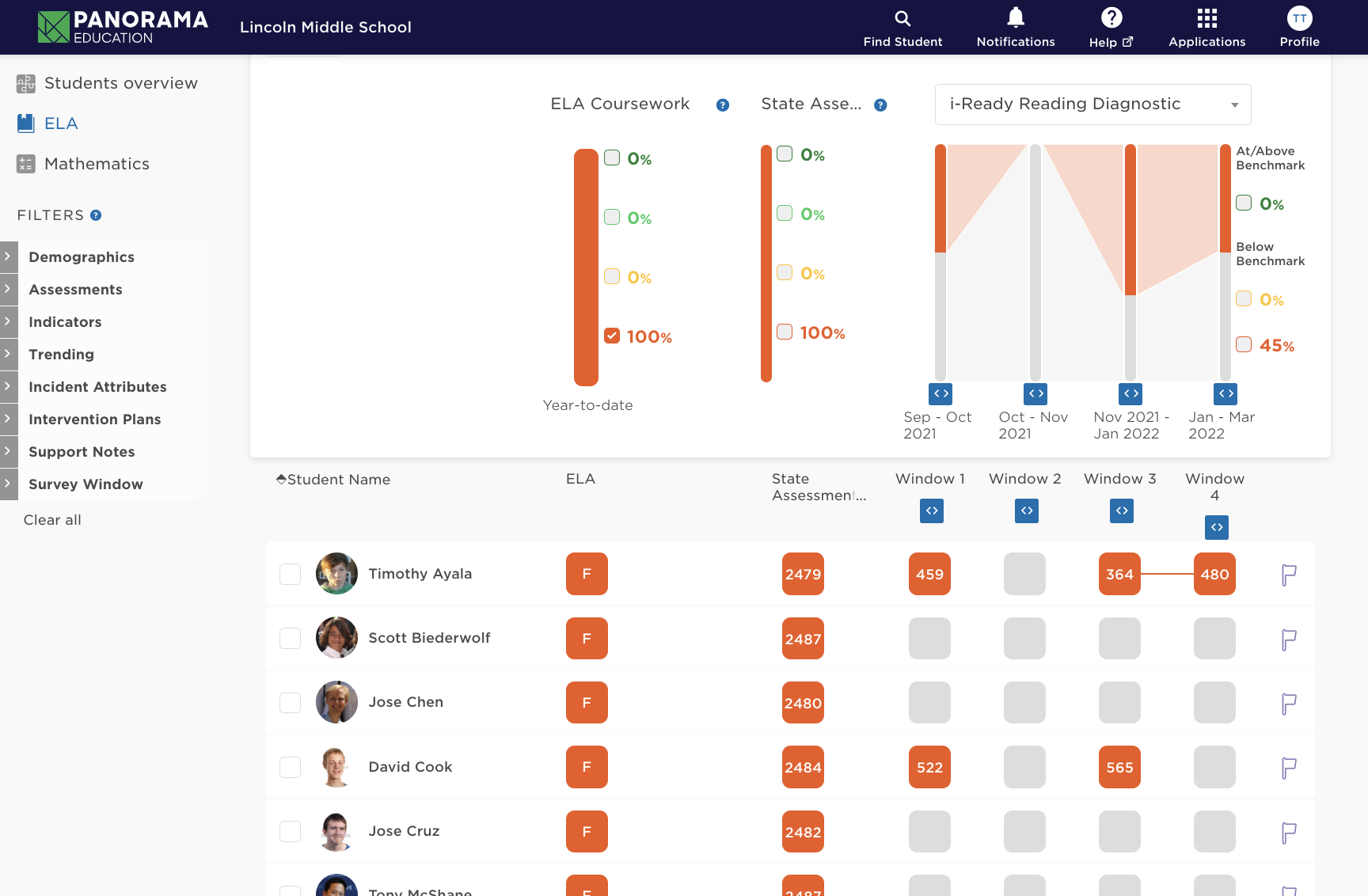
Educators can use Student Success filters to identify students who need an RSP
“We are tracking info on the big five: phonemic awareness, phonics, fluency, vocabulary, and comprehension,” says Hogg. “Panorama gives us a temperature check on our Tier 1 instruction by helping us identify the number of students receiving RSPs in these fields. We will initially have a larger number of students on RSP—but hopefully, as students receive stronger Tier 1 instruction, we will see fewer and fewer needing these tiered interventions.”
And while JC Schools had a strong, existing culture of data-based decision making, Panorama has empowered teams to see this data in a new light. “Conversations about literacy and student progress have always been a priority,” says Brandt. “It’s always been the norm that interventions and literacy data are part of the conversation. But with Panorama, the data we talk about has shifted; the platform has helped our decision-making processes.”
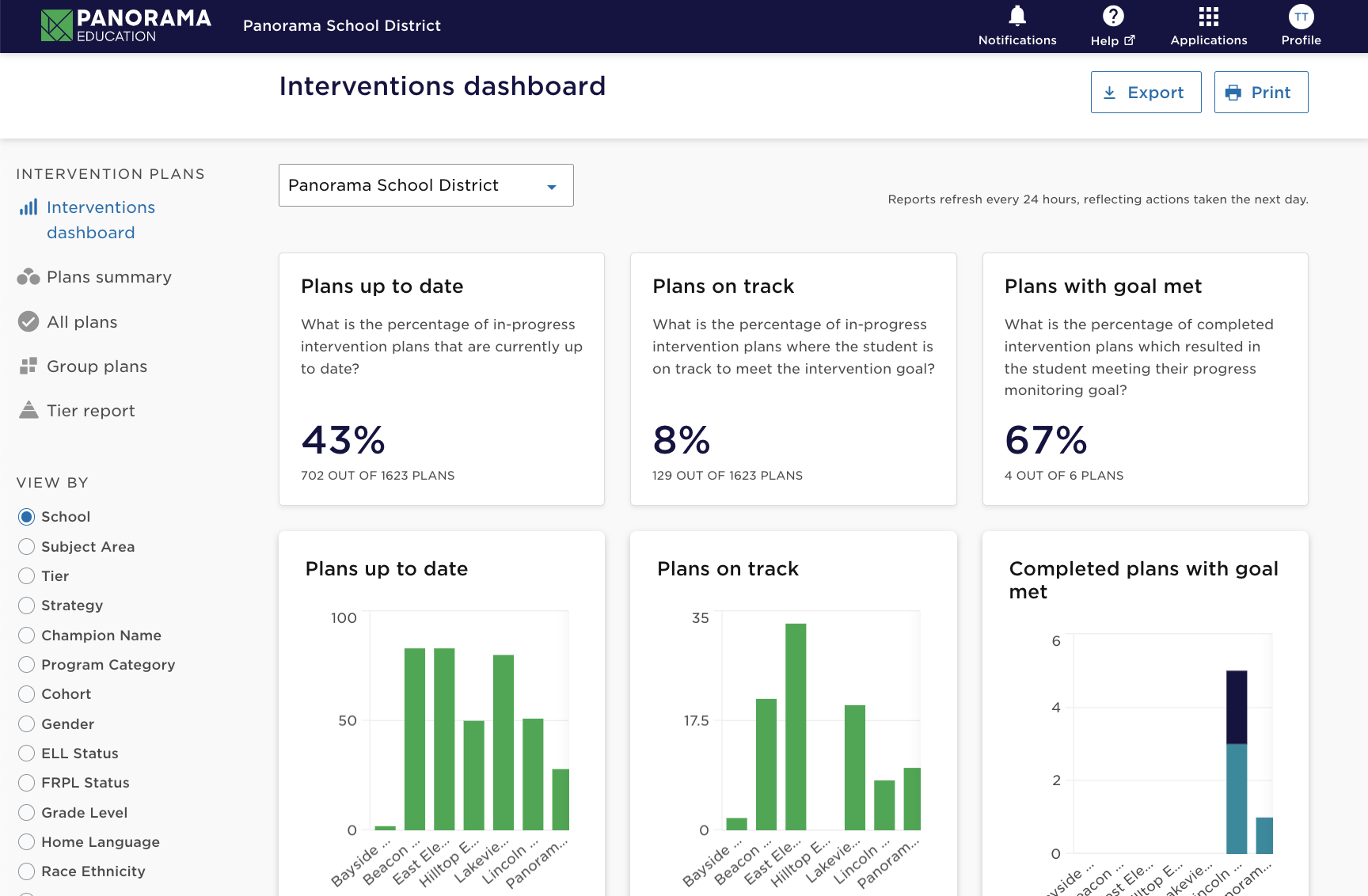
With Panorama’s progress monitoring, you’ll quickly understand how many students receive supports, how they’re tracking against goals, and if you have the right strategies in place.
In particular, Propst notes that clear guidance for implementing Panorama has been a major factor in their success. This guidance, provided by Hogg in the form of sustained, structured professional development and actionable resources, has been enormously helpful as school staff develop and track RSPs within the platform. Having an advocate at the district level has been instrumental in implementing Panorama—and Hogg is a strong champion for the platform.
“I love Panorama. It’s intuitive and easy to understand,” says Hogg. “Having all our RSPs in a single place, where we can easily see how students are performing, is crucial. We can track how students are scoring on i-Ready, and how our Tier 1 instruction is addressing their needs. And at the systems-level, we can look at this comprehensive data and see how students are improving overall.”
Free Download: 21 Reading and Writing Interventions for Your MTSS



